Home>Ideas and Tips>How To Design A Stylish And Practical Closet System With RFID Tagging
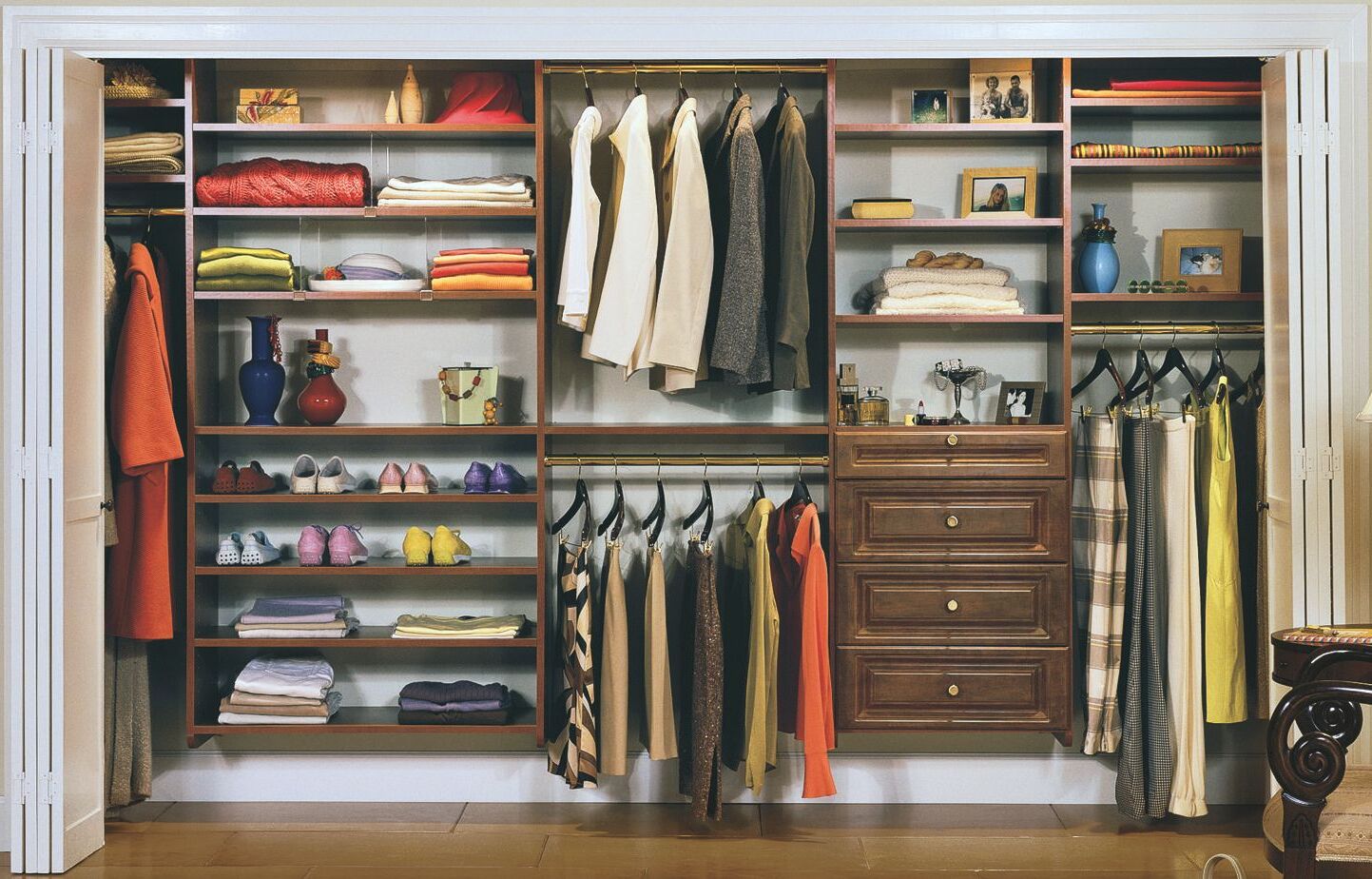

Ideas and Tips
How To Design A Stylish And Practical Closet System With RFID Tagging
Published: August 30, 2024
Learn how to design a stylish and practical closet system with RFID tagging for enhanced functionality and efficient storage solutions.
(Many of the links in this article redirect to a specific reviewed product. Your purchase of these products through affiliate links helps to generate commission for Storables.com, at no extra cost. Learn more)
Designing a closet that is both stylish and practical can be a daunting task, especially when you consider the various needs and preferences of its users. However, with the right approach and tools, you can create a space that not only looks great but also functions efficiently. In this article, we will guide you through the process of designing a stylish and practical closet system, including the integration of RFID tagging technology to enhance its functionality.
Before Starting Your Closet Project
Before diving into the design process, it is essential to understand your needs and preferences. Here are some key considerations:
-
Measure the Space: Use a tape measure, pencil, and notepad to accurately record the dimensions of the closet. Measure the height from the floor to the ceiling, the length of usable wall space (for reach-in closets, measure the back wall; for walk-in closets, measure the back and side walls), and the depth of the space. Note windows, doors, including how they open, utilities, access panels, and studs.
-
Choose Your Style: Decide whether you need a walk-in or reach-in closet. Walk-in closets are essentially small rooms dedicated to clothes storage and are usually big enough for two people to share with their own lighting.
-
Plan Your Needs: Think about how you use your closet. Do you hang more clothing or fold and stack? If you have a lot of dresses, skirts, and pants, choose an option with more hanging rods than shelves. If you fold more of your clothing and store more things in baskets and bins, incorporate more shelf space.
Step 1: Measure Your Space
Accurate measurements are crucial for designing a functional closet. Here’s how to measure your space:
-
Height Measurement:
- Measure from the floor to the ceiling to determine the maximum height for shelves and hanging rods.
-
Wall Space Measurement:
- For reach-in closets, measure the back wall.
- For walk-in closets, measure both the back and side walls.
-
Depth Measurement:
- Measure the depth of the space to determine how much room you have for shelves and drawers.
-
Obstructions:
- Note windows, doors, including how they open.
- Mark utilities, access panels, and studs.
Step 2: Choose Your Closet System
Once you have measured your space, it’s time to choose a closet system that fits your needs. Here are some options:
-
Wood Closet Organizers:
- Wood closet organizers offer a classic look and can be customized to fit your space perfectly.
- They provide ample storage for folded items like sweaters, hats, purses, luggage, and linens.
-
Wire Closet Systems:
- Wire closet systems are modern and versatile, offering adjustable shelves and rods.
- They are ideal for hanging items like dresses, long coats, robes, pants, and shirts.
-
Modular Closet Systems:
- Modular closet systems are highly customizable and can be set up according to your specific needs.
- They often include components like drawers for T-shirts, workout clothes, pajamas, undergarments, and more.
Step 3: Inventory Your Belongings
Understanding what you need to store in your closet is essential for designing an effective system. Here’s how to inventory your belongings:
-
Count Your Items:
- Take stock of everything you plan to store in your closet.
- This includes shoes and boots, short and medium hanging items, and any unusual storage needs like suitcases.
-
Categorize Your Items:
- Group items by type (e.g., dresses, skirts, pants) and frequency of use.
- This helps in determining the number of shelves and rods needed.
-
Consider Seasonal Storage:
- If you bring clothing into the space based on seasons, plan for seasonal storage solutions like bins and baskets.
Step 4: Plan Your Layout
With your measurements and inventory in hand, it’s time to plan your layout. Here are some tips:
-
Maximize Vertical Space:
- Use high rods for dresses, long coats, robes, or pants.
- Add drawers for folded items like T-shirts, workout clothes, pajamas, undergarments, etc..
-
Add Functional Accessories:
- Use shoe cubbies or shoe shelves to easily find your favorite sneakers or heels.
- Install a rack for belts and ties to neatly organize accessories.
- Incorporate bins and baskets for storing offseason favorites.
-
Create a Dressing Area:
- If you like to get dressed in your closet, create a space that allows for this.
- Consider adding a bench for a comfortable place to put on shoes.
-
Add Ambient Elements:
- Layer in a soft rug to anchor the space.
- Hang a sparkling chandelier or a modern pendant to create ambiance.
- Wallpaper an accent wall or the ceiling for an elegant touch.
Step 5: Integrate RFID Tagging
RFID tagging technology can significantly enhance the functionality of your closet system by providing real-time tracking of your belongings. Here’s how to integrate it:
-
RFID Installation:
- Install RFID tags on each clothing item or attach them to the clothes hanger.
- Ensure that the RFID reader is installed inside the wardrobe, ideally near the wardrobe door or in a place where it can detect tags inside the wardrobe.
-
RFID Reader Setup:
- Install an RFID reader that can read multiple tags simultaneously for instant polling.
- Position the reader so it can move along the wardrobe track to read tags one at a time if necessary.
-
Data Collection:
- Use the RFID reader to collect data on which items are currently in the wardrobe.
- Cross-match the read ID with the corresponding clothing item to identify what is stored.
-
Usage Patterns Analysis:
- Apply data mining algorithms to analyze usage patterns.
- Derive user dressing combinations based on color, pattern, and type (e.g., shirt and pants).
-
Smart Wardrobe Application:
- Create a smart wardrobe application that uses the collected data to make recommendations.
- For example, when a user selects a shirt, recommend wearing pants with it based on usage data.
Step 6: Prototype Evaluation
Before finalizing your design, it’s crucial to evaluate your prototype. Here’s how:
-
Simulation Data Creation:
- Create simulation data for different user types (e.g., working professional and student).
- Populate random generated data into the events data storage.
-
Prototype Testing:
- Test the smart wardrobe application with the simulation data.
- Ensure that the application can appropriately generate user profiles based on usage patterns.
Conclusion
Designing a stylish and practical closet system with RFID tagging requires careful planning and execution. By following these steps—measuring your space, choosing your closet system, inventorying your belongings, planning your layout, integrating RFID tagging, and evaluating your prototype—you can create a space that not only looks great but also functions efficiently. Whether you’re working with a walk-in or reach-in closet, these tips will help you maximize your storage needs and enhance your overall dressing experience.
Additional Tips
-
Avoid Common Mistakes: Be aware of common mistakes when designing a custom closet system. For example, avoid overcrowding shelves and rods, and ensure that your safe portion of the system is floor-based if you have heavy items like safes.
-
Personal Style Considerations: Consider your personal style when designing your closet. For instance, if you prefer to hang your blouses and sweaters rather than fold them, choose an option with more hanging rods than shelves.
By following these detailed steps and integrating RFID tagging technology, you can create a closet system that is both stylish and practical, enhancing your daily routine and making your life easier.
Was this page helpful?
At Storables.com, we guarantee accurate and reliable information. Our content, validated by Expert Board Contributors, is crafted following stringent Editorial Policies. We're committed to providing you with well-researched, expert-backed insights for all your informational needs.
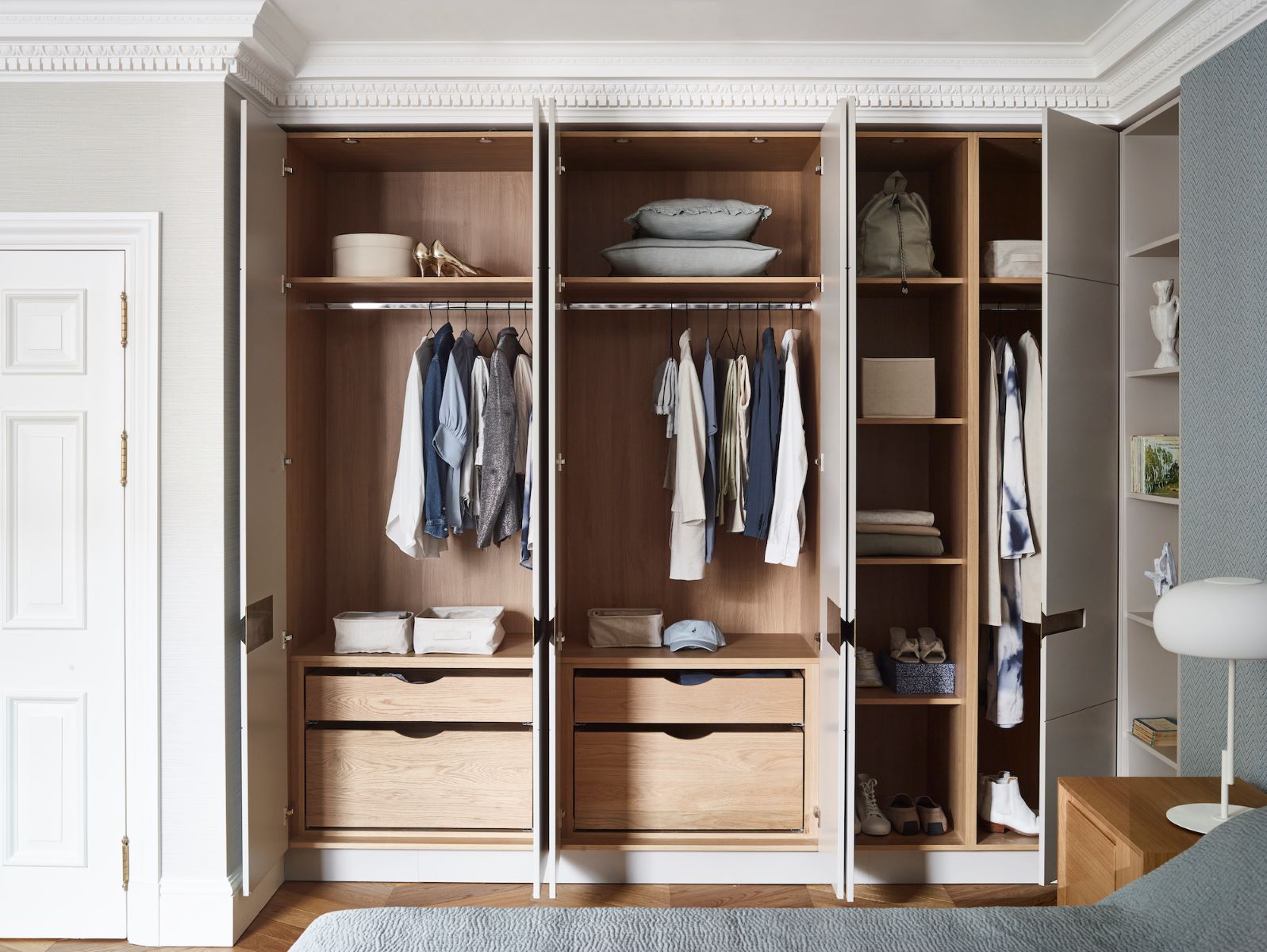
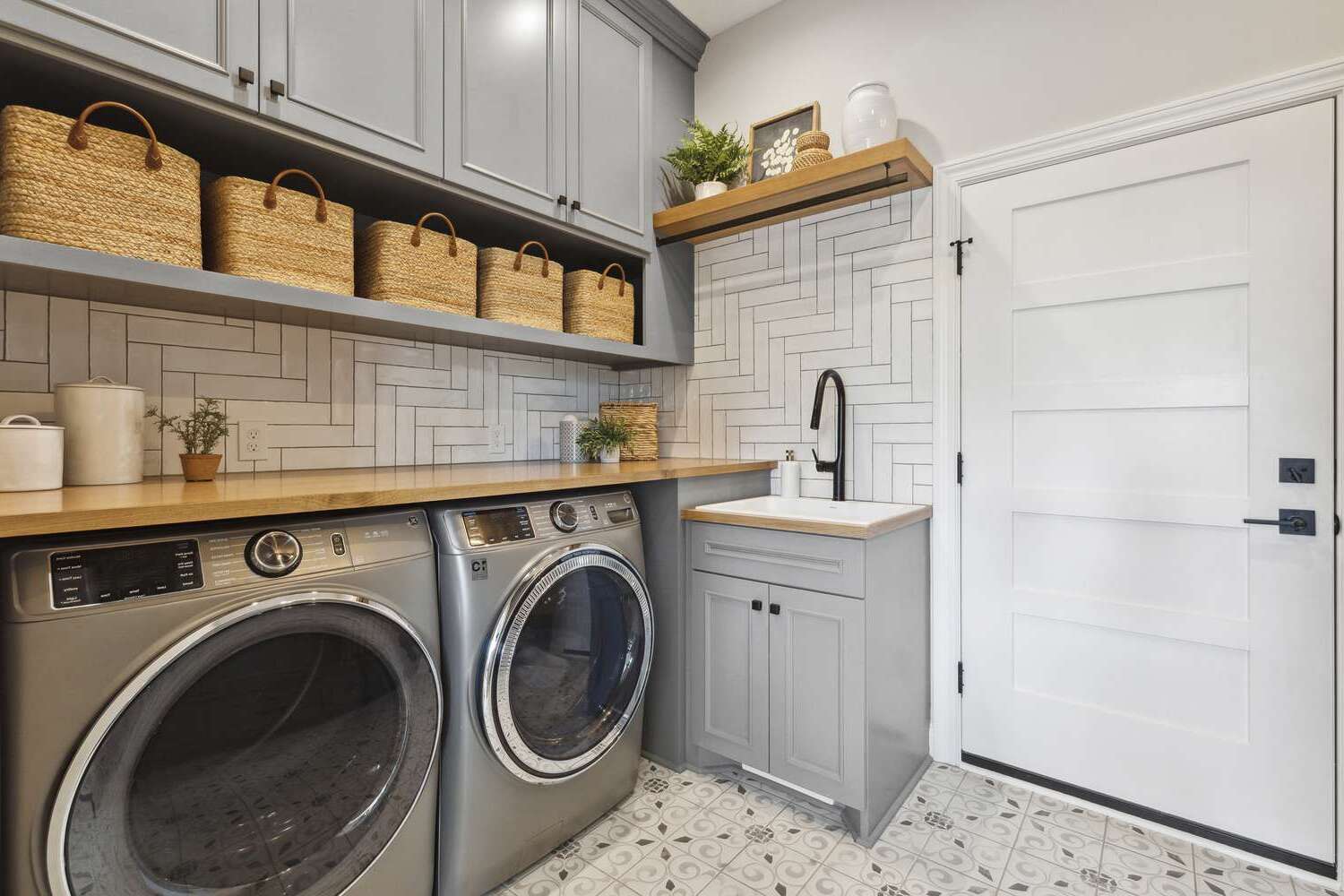
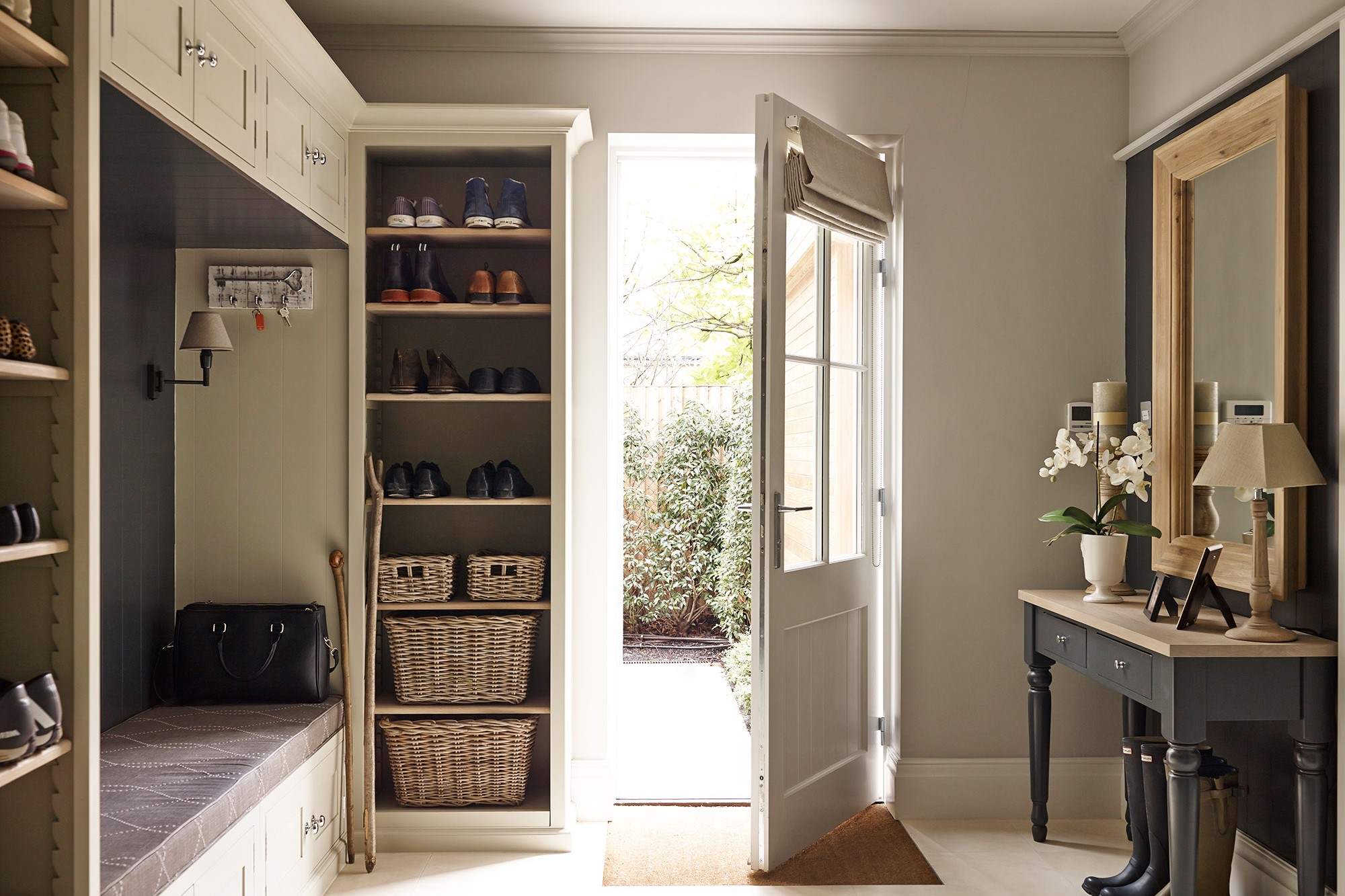
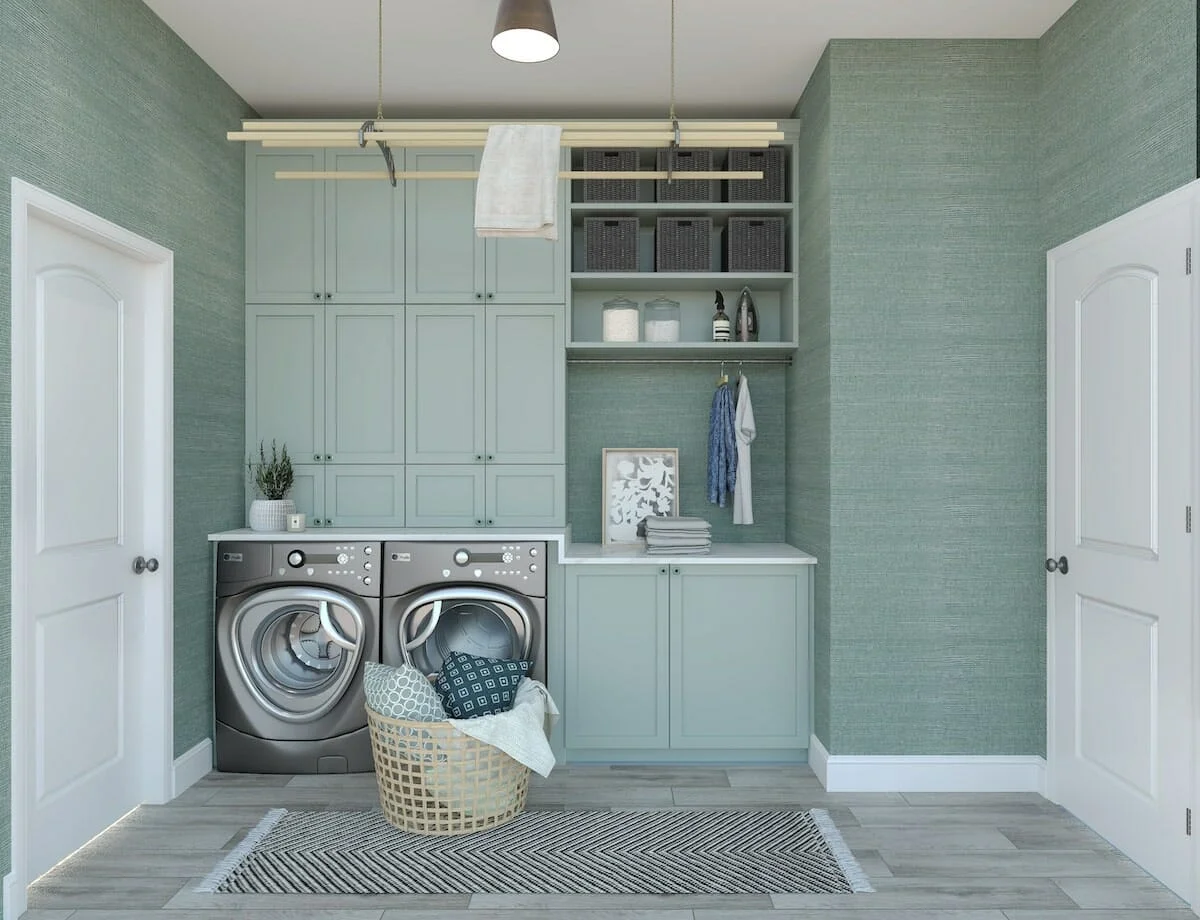
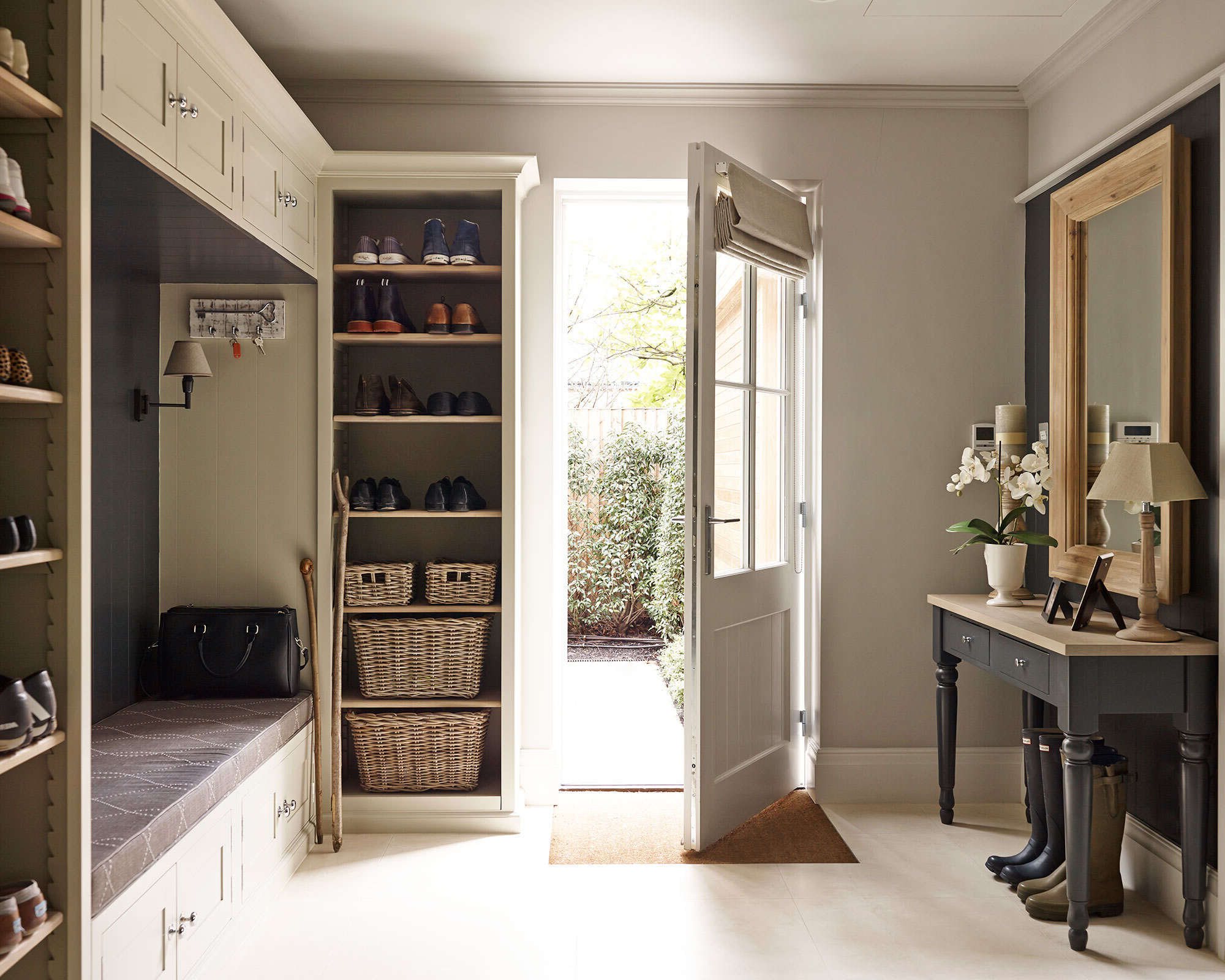
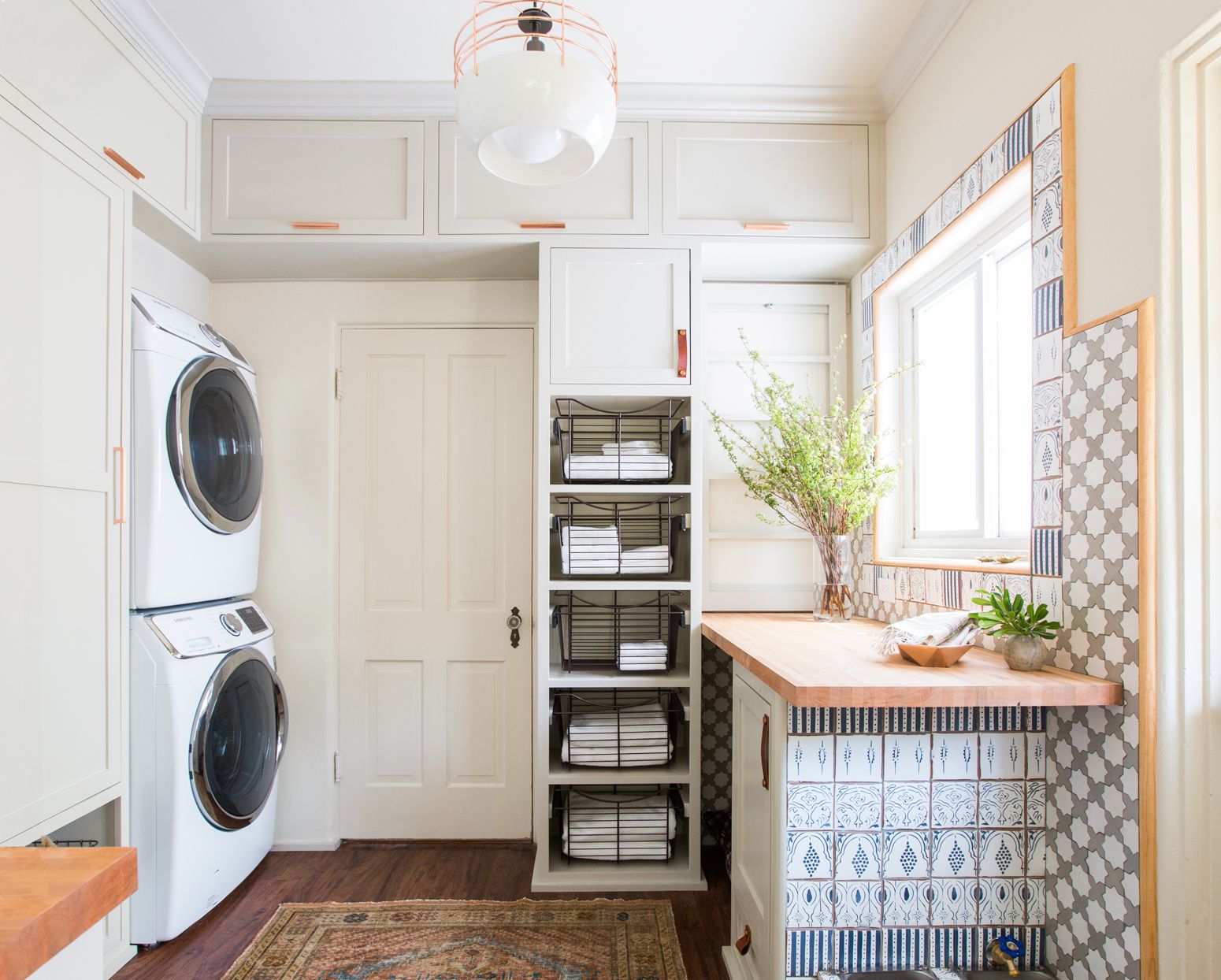
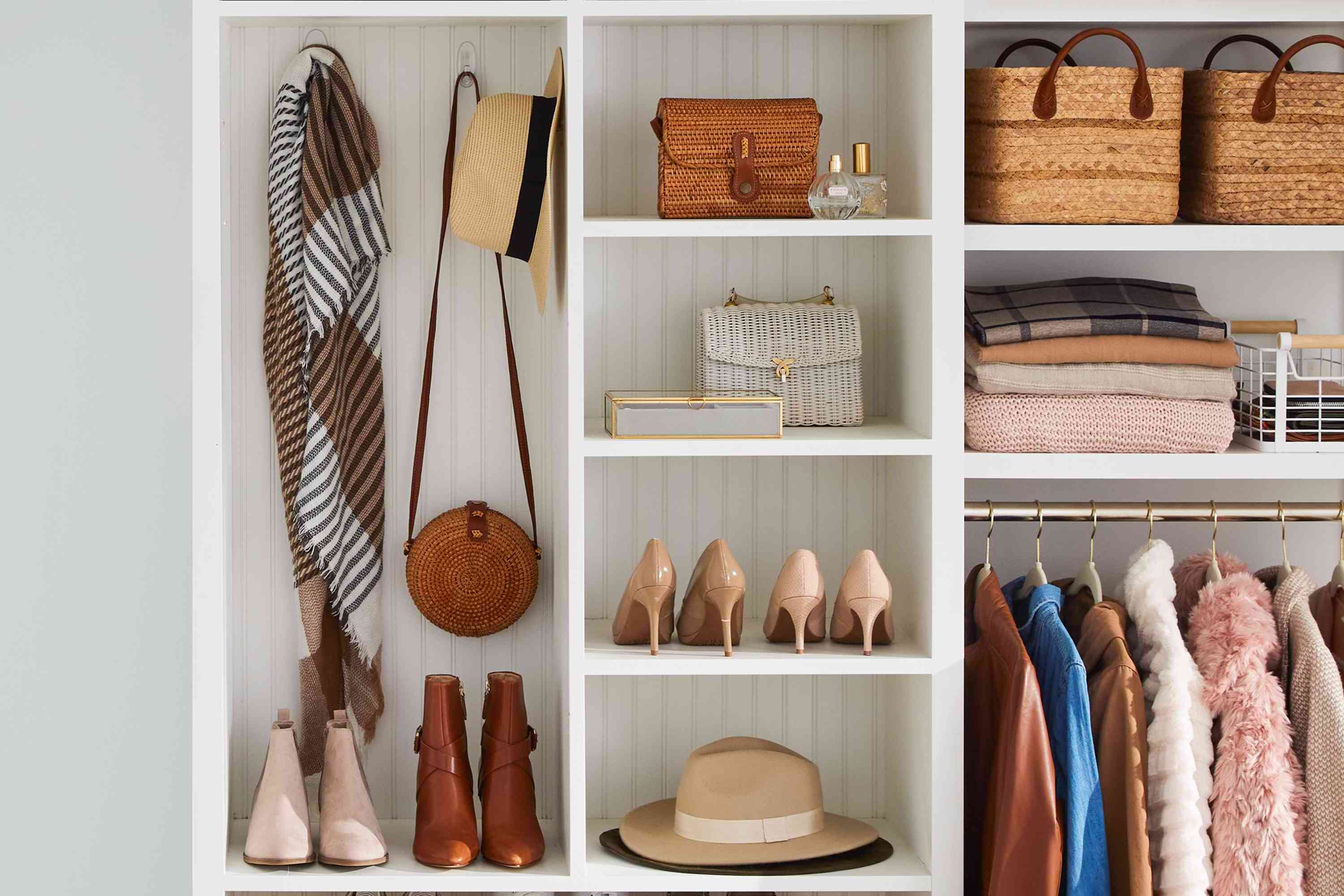
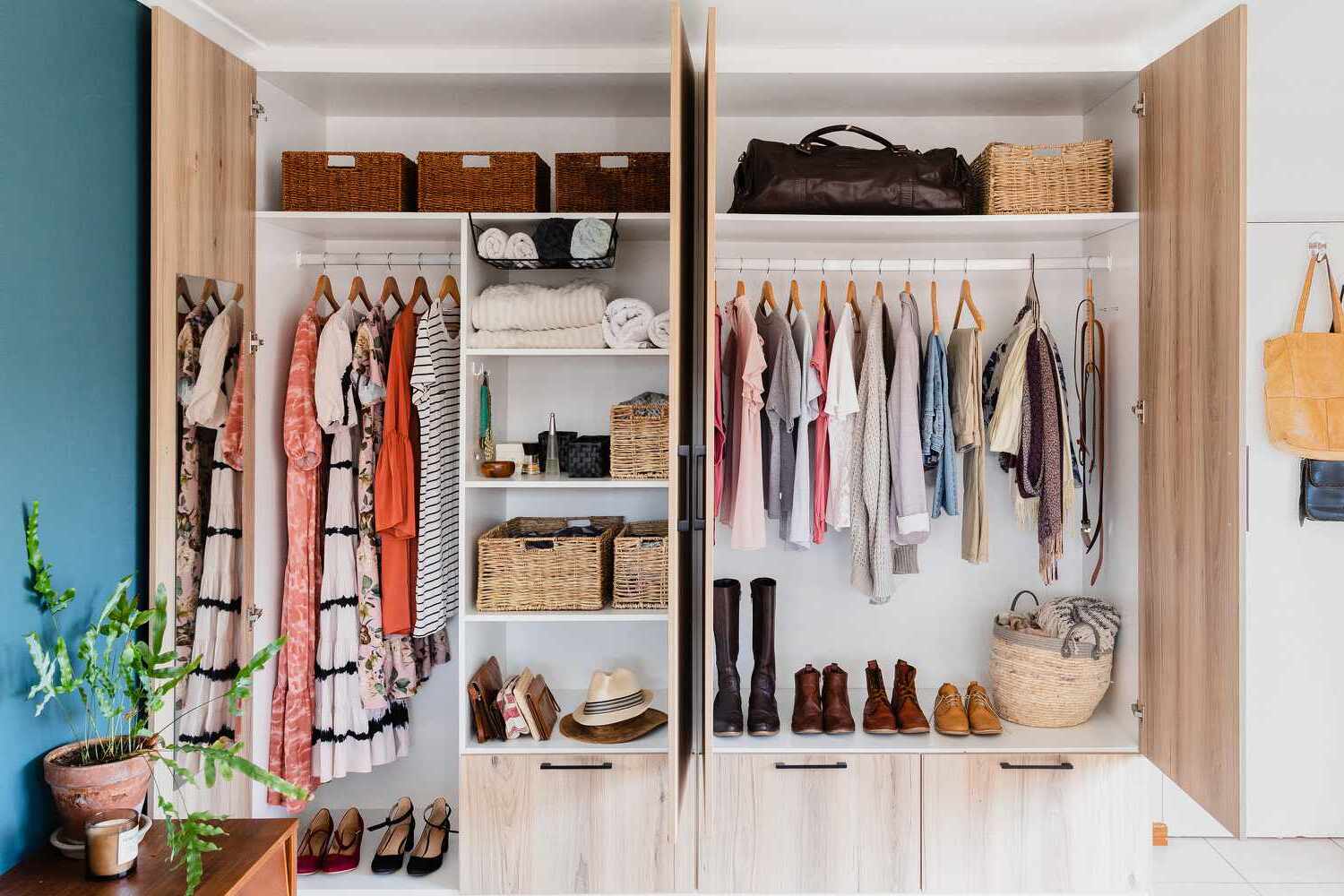
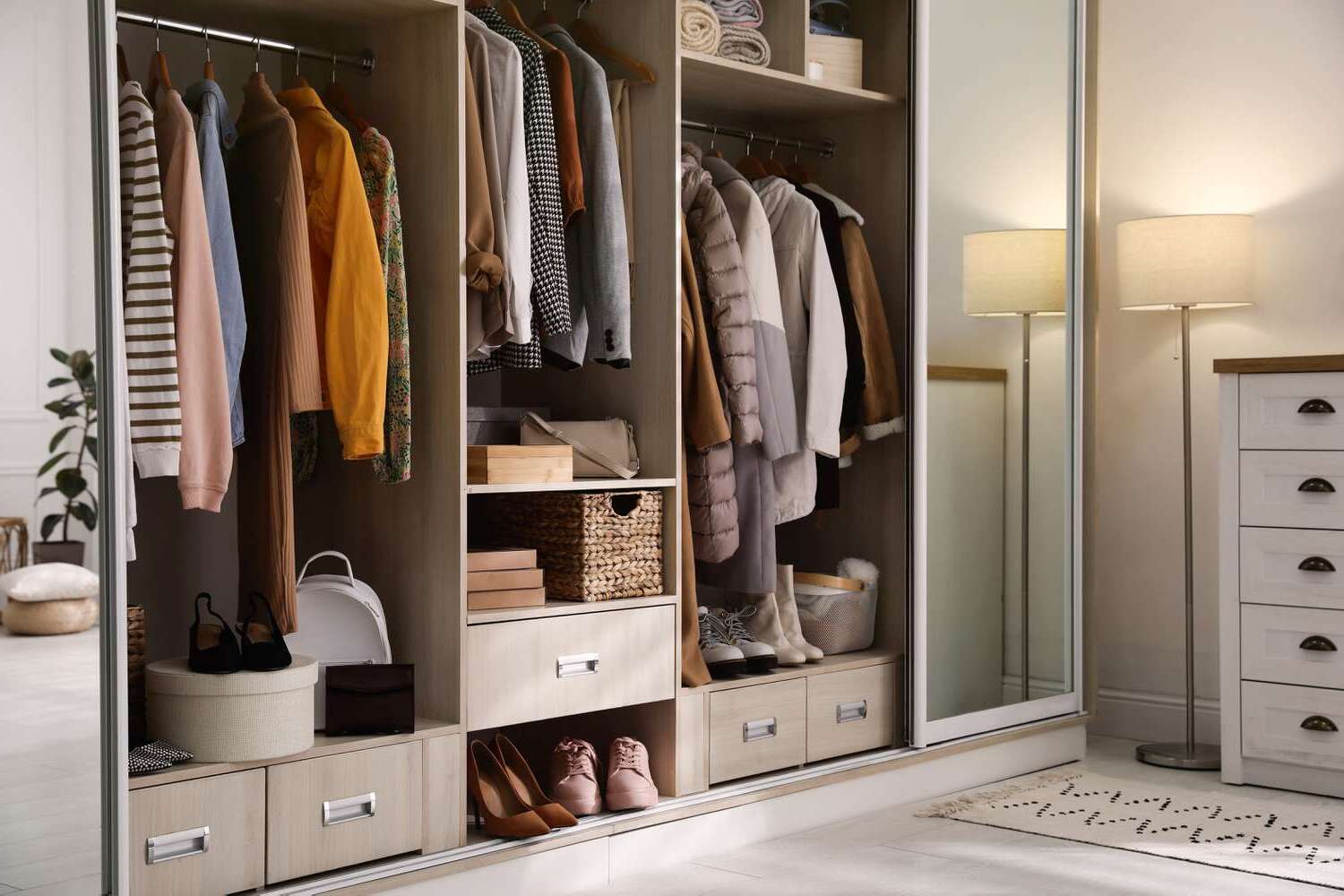
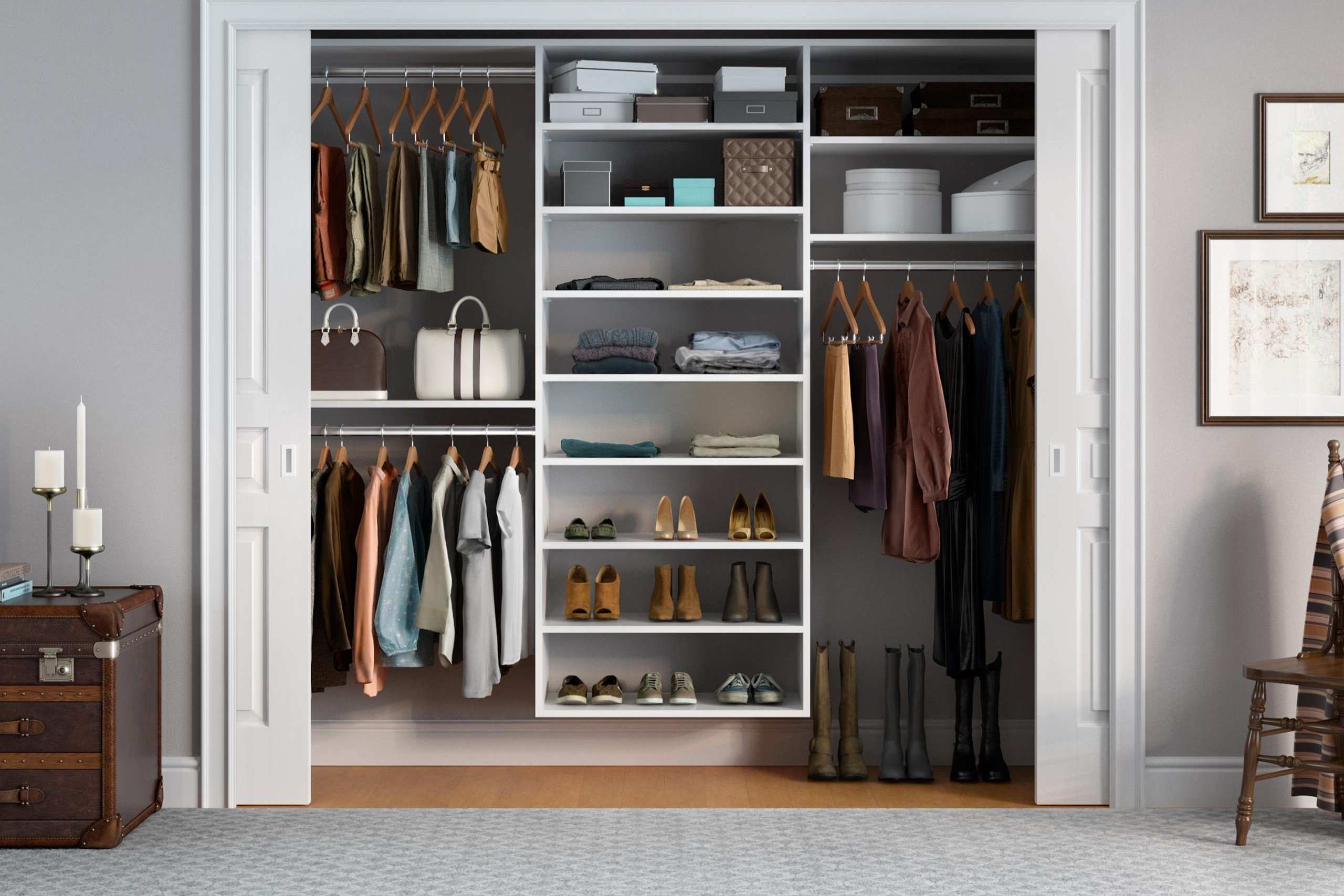
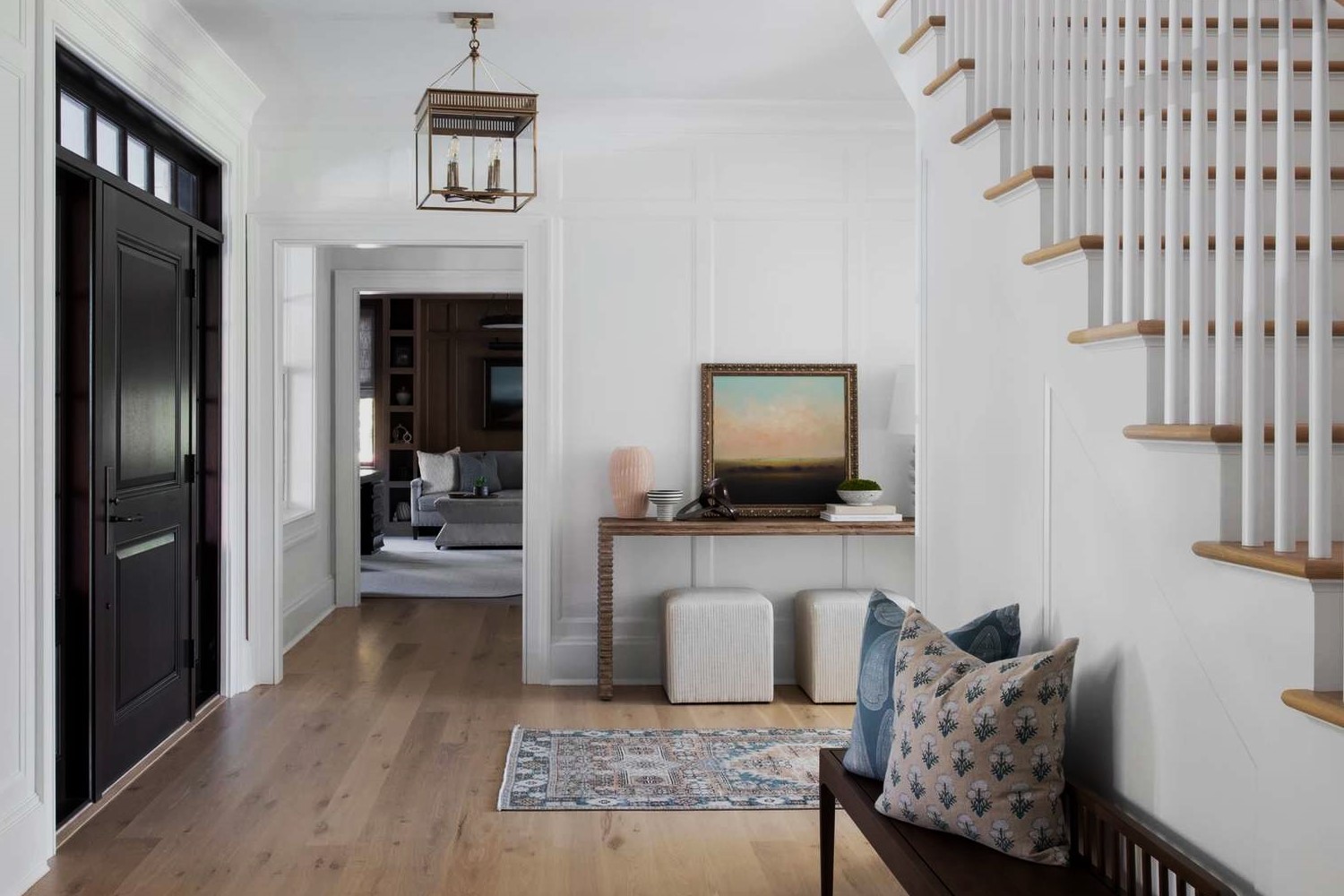
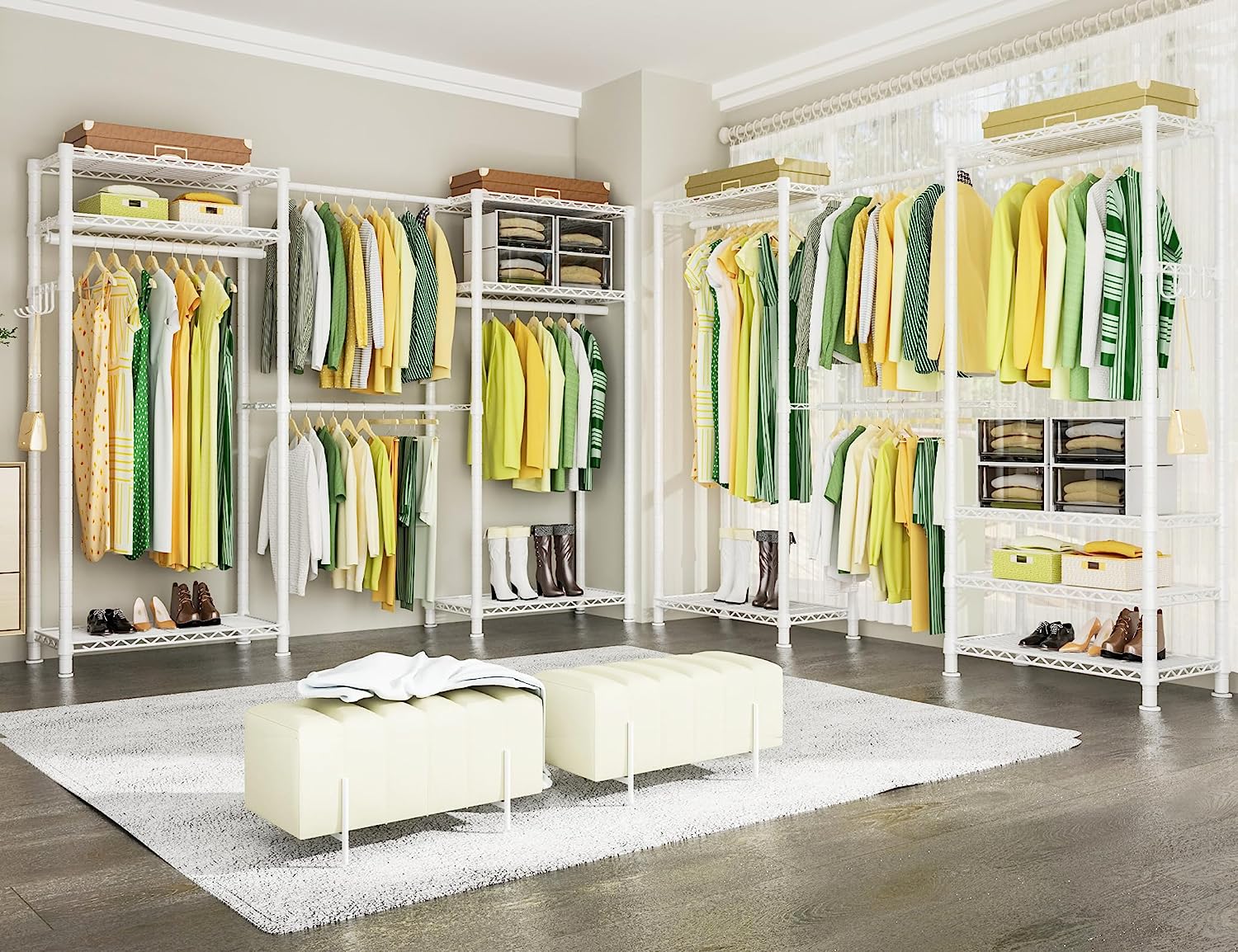
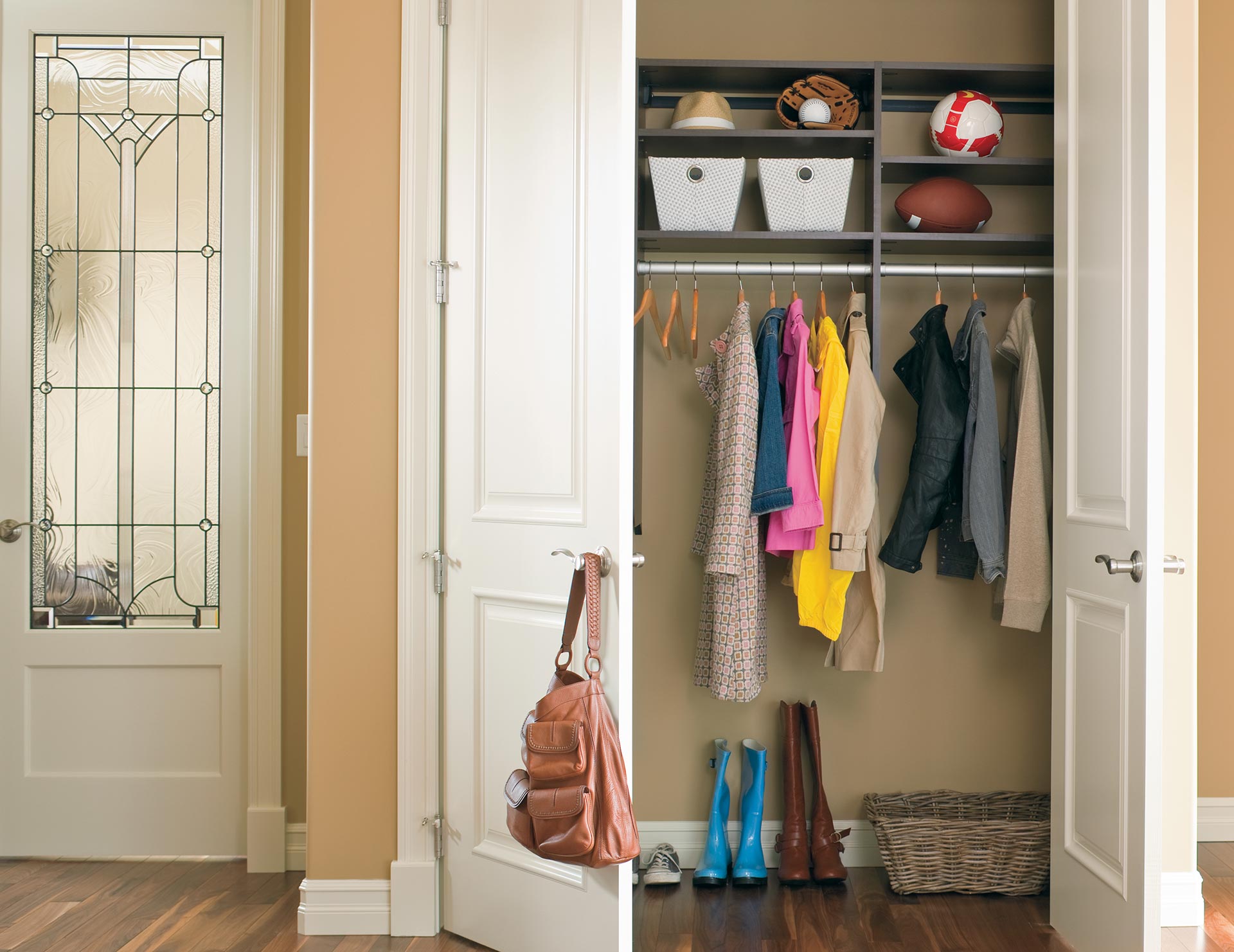
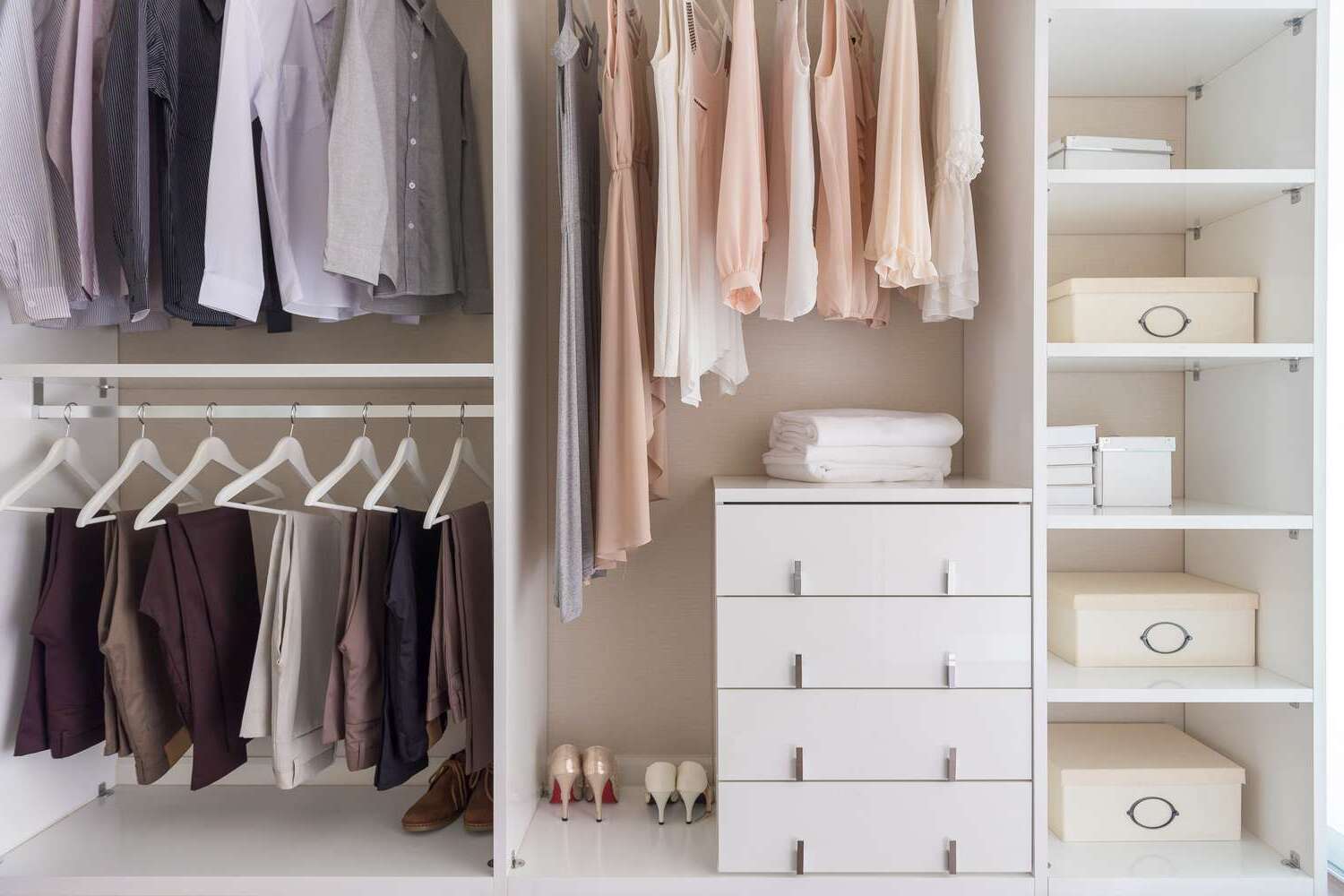

0 thoughts on “How To Design A Stylish And Practical Closet System With RFID Tagging”